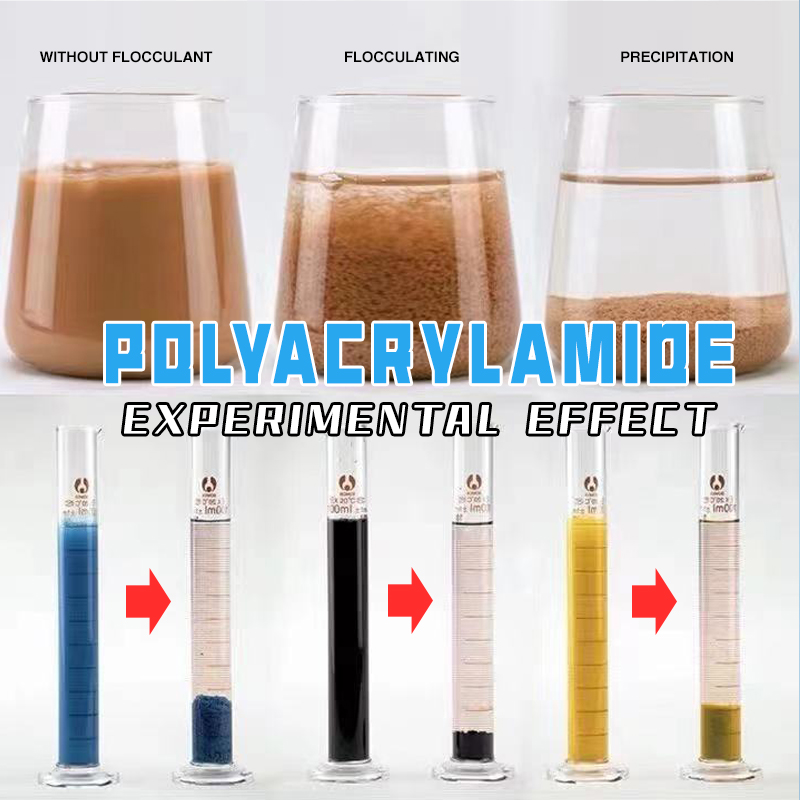Process selection and treatment chemicals for food wastewater:The common characteristics of food industry wastewater are that it contains high amounts of organic matter and suspended solids, is easily corruptible, and is generally not very toxic. Its main hazards are the eutrophication of water bodies, causing the death of aquatic animals and fish, causing organic matter deposited on the bottom of the water to produce odor, deteriorating water quality, and polluting the environment.
In addition to appropriate treatment according to water quality characteristics, food industry wastewater treatment usually uses biological treatment of potassium sulfate. For example, if the water quality recommendations are very high or the organic matter content in the wastewater is very high, you can use a two-stage aeration tank or a two-stage biological filter, or a multi-stage biological knob, or use two biological treatment devices in combination, or you can use an anaerobic one. Aerobic tandem biological disposal system.
From the perspective of food wastewater sludge dehydration agent polyacrylamide selection, the sludge dehydration agent generally chooses medium cationic polyacrylamide. This is similar to the biochemical sludge treated in domestic sewage treatment plants. We know that the sewage in domestic sewage treatment plants The organic matter content is relatively high, and most of the sewage comes from catering wastewater, fecal wastewater, and bathing wastewater from our daily lives. From the analysis of the complexity of the wastewater source structure, it is very similar to food wastewater.


